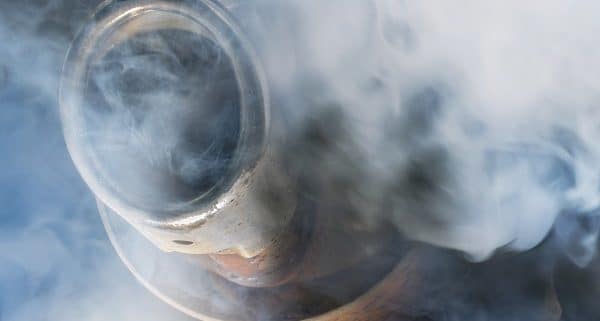Diesel Emissions – Part 1
The smell of diesel exhaust is an all too familiar one to any tradesman/women. It just comes with the territory of working on site. Whether you drive a forklift, a diesel rig or your welder is diesel, there are some very serious hazards associated with the fumes these engines are pumping out. As if 2012, diesel exhaust has been listed as a group one carcinogen with the International Agency for Cancer Research. Meaning that exposure to the emissions puts you at a greater risk for lung and bladder cancer. Now as awful as that is… I don’t foresee the trades putting a ban on all diesel engines any time soon. So, how do we protect ourselves? Let’s go over that!
First off, it’s good to know some more information on what we are dealing with. The compounds in diesel exhaust emissions varies depending on multiple factors. Is there a emissions control system? Has it been serviced lately? Do you know what kind of engine and fuel you’re running with? Do you know the duty load capacity? These are questions you need to ask yourself and know the answer to. Every one of these components can lead to different emissions, everything from carbon monoxide, alcohols, sulfur dioxide all the way to water vapor and everything in between. Even short-term exposure to these emissions can cause a whole slew of problems such as… nose, throat, eye and lung irritation, such as coughing and painful eyes. It can even lead to allergic reactions, asthma, or if you already have asthma or any other pr-existing condition, these emissions can worsen them. That’s just the beginning. In high concentration, diesel emissions can also lead to carbon monoxide poisoning causing death. And like I stated earlier, long-term exposure can put you at greater risk for lung and bladder cancer. So as you can see, we aren’t dealing with something that may give you the sniffles, it’s a little more serious than that. Tomorrow we’ll go over how to reduce our exposure and still get the job done.



